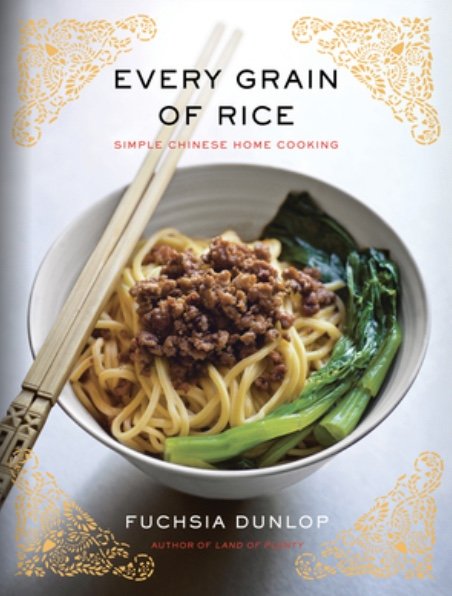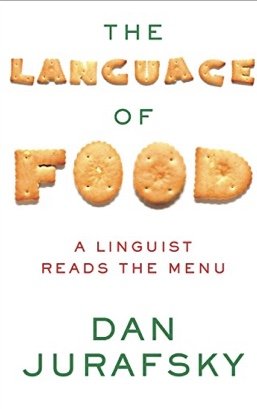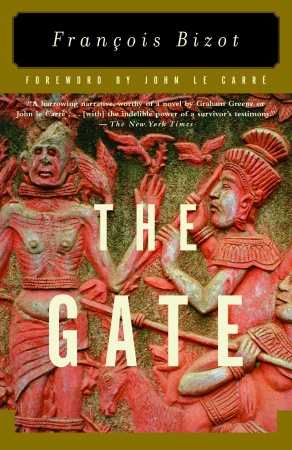Untangling My Chopsticks by Victoria Abbott Riccardi (Broadway Books/Random House)
"I have always believed you can learn as much about a culture by the ingredients that they put in their mouths, as by the buildings they erect", says Victoria Abbott Riccardi. She's a woman who has definitely put her money where her mouth is, having abandoned her high-powered Manhattan advertising job where "stress poisoned the air" to live in Kyoto and study the art of preparing kaiseki meals, the elaborate food that is served at a tea ceremony.
A veteran of a year at Le Cordon Bleu and a former sous-chef at a Parisian restaurant, Victoria was more than a casual cook. She had already been immersed in the discipline and techniques of haute cuisine and possessed a culinary confidence that would serve her well while she studied at one of Kyoto's leading tea schools.
The art of tea originated in Kyoto's 12th century Zen monasteries, spread to the imperial court, and became an artistic and spiritual influence throughout Japan. Making tea in a formal ceremony is a "spiritual ballet" and the food served with the tea is "a set series of tiny exquisite dishes that change with the seasons." When accepted at a school where her teacher was a direct descendant of the man who refined the tea ceremony in the 16th century, Victoria became steeped in the highly detailed history of a complex ritual.
Balancing the extreme formality of tea kaiseki was Stephen, the American fellow-student who became Victoria's mentor, and Tomiko, the woman who opened her household and the art of Japanese home-cooking to a stranger. Living and cooking with Tomiko's family, while preparing kaiseki with Stephen for tea ceremonies that took place away from their classroom, Victoria traveled beyond the world of a foreigner's guesthouse to a place that visitors seldom see.
From exploring supermarkets to learning the symbolism of her tea school's "paradise garden," from making delicate cherry-sized orbs from sea-urchin eggs and lily bulbs to pounding rice with a mallet for mochi cakes at New Year's, learning from painful experience the waist-choking discomfort of an obi-bound kimono and the humiliation of "feeling like a big, fat Alice in Wonderland" when wearing a baby-doll dress and a frilly pinafore in a short-lived modeling assignment, Victoria reveals the contrasts of her year in Kyoto in vivid and candid stories.
With an artist's eye, she gives precise descriptions of the city's seasonal beauty, of streets that lead back into time, of the visual abundance and glory of a fresh food market. She recreates the sheer terror of standing before a class of Japanese five-year-olds, the difficulties of being a "lounge lady" at an English conversation club, and the special problems of introducing her visiting New Yorker boyfriend to the pleasures of the public bath and a holiday at "the Jersey shore of Japan." She explains why a sushi chef has good reason to hate anyone who adds wasabi to the soy sauce that accompanies sushi, and perhaps best of all, at the end of almost every chapter she provides recipes for the food that she has enticingly described.
Although not a travel guide, this is undoubtedly a book that will launch a thousand trips. It should be tucked into the luggage of any first-time visitor to Kyoto.~Janet Brown







